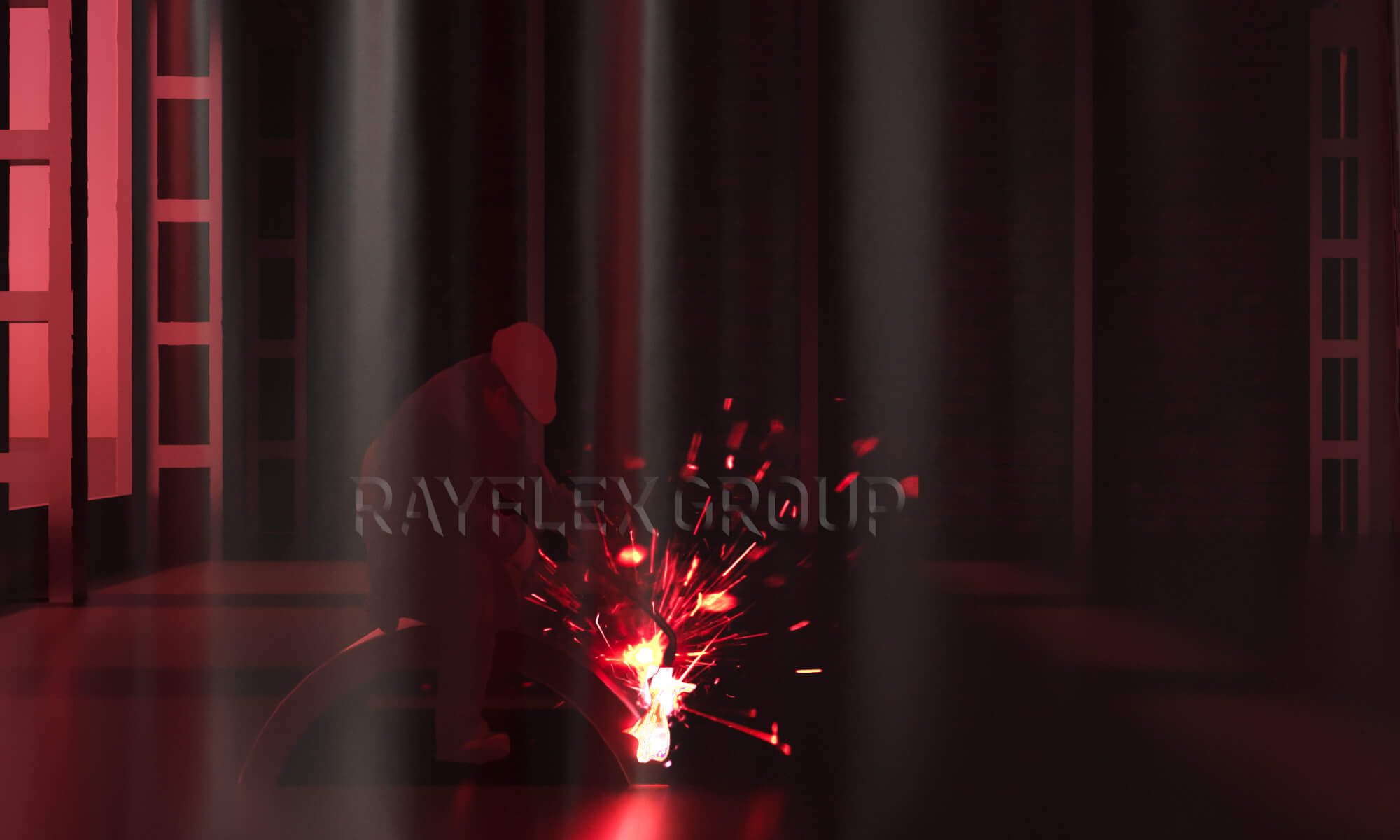At PVC Strip, we acknowledge the role that welding curtains play in safeguarding workshop and welding bay personnel from radiation, sparks, and burns. We are also aware of the fact that businesses need to use welding curtains properly in order to maximise their benefits in the workplace, such as safety, efficiency, and productivity. This blog will explain the mistakes that businesses can make when it comes to using welding curtains, as well as provide you with advice on how to avoid these errors.
Selecting Inappropriate Welding Curtain Material
Opting for the incorrect material can compromise the safety of your employees. It is important to choose curtains that are explicitly designed for welding areas, as these curtains are made with substances capable of shielding employees from ultraviolet (UV) and infrared (IR) radiation. Your organisation could further mitigate risks by investing in PVC welding curtains that come equipped with flame retardant properties, which can reduce the risk or spread of fires. When constructed from the appropriate materials, these curtains can help offer a secure working environment, boosting the reputation and efficiency of your business.
Incorrect Curtain Dimensions and Placement
Curtains that are too small are unlikely to provide enough coverage, leaving circles and gaps that may expose workers to hazards like UV rays and flash burns. Curtains that are too big can cause obstructions within workspaces. Accurately measuring your workspace is crucial to ensuring the selection of curtains that thoroughly cover the welding area.
Misplacement of welding curtains is another major error, as they should be placed in areas that carry heightened injury risks. They should ideally be placed in a way that allows them to completely encircle the welding zone and separate it from adjoining spaces, as this can help reduce the chance or spread of hazards.
Neglecting Maintenance
Like all industrial equipment, welding-grade PVC strip curtains need regular maintenance. Overlooking this can slowly reduce their effectiveness over time, turning minor issues into severe problems. Your business should routinely inspect welding curtains for any signs of dirtiness or wear and tear. If damage is detected, repair or replace the curtain, and if it appears dirty, clean it as recommended by the manufacturer’s guidelines.
Disregarding Safety Standards
Using welding curtains that fail to meet safety regulations can result in consequences such as fines and injuries. Making sure that your welding curtains adhere to all pertinent safety standards and certifications is vital for maintaining a favourable company image.
Failing to Educate Personnel
Welding curtains are ineffective if the staff is unaware of how to utilize them. It is essential for businesses to ensure that all personnel comprehend the function and maintenance of welding curtains. Understanding the purpose and required aftercare of welding curtains can aid in reducing accidents and extending the curtains’ lifespan.
Insufficient Overlap Between Curtains
Large gaps between curtains can compromise their ability to contain fumes and other hazards, increasing the likelihood of serious accidents. Ensure your curtains have adequate overlap so that they don’t allow any exposure.
Using Improper Mounting Hardware
Using incorrect mounting hardware can cause even the highest-quality welding curtains to fail. It is always essential to use the recommended hardware to securely install your curtains, ensuring they remain in place and provide the intended protection.
Welding curtains are indispensable in any welding environment, offering enhanced safety and productivity, and choosing PVC Strip means that your business is placing its trust in an established UK company that offers a diverse range of welding curtains. Our made-to-measure PVC curtains and screens are designed with the goal of improving safety within welding areas without compromising their existing space. Explore our website to discover our range, and for inquiries, please contact us, and a member of our team will get back to you.
